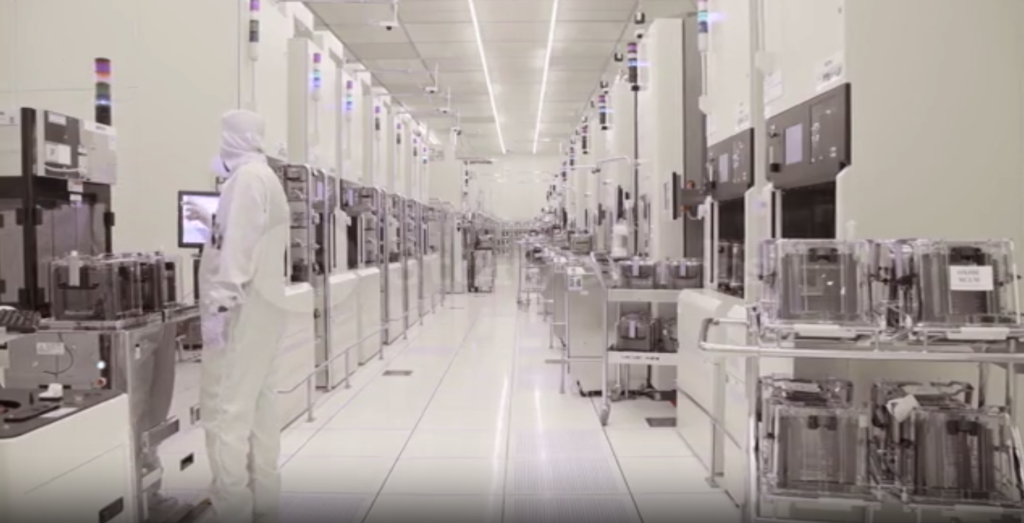The IRA allocated around $400 billion in federal dollars for clean energy projects. It aims to incentivize the manufacturing or projects of clean energy in the US through multiple tax credits, targeted mostly toward solar and wind operations.
- The Advanced Manufacturing Production Credit (AMPC) affords manufacturers tax credits for producing qualifying devices needed for clean energy projects. The amount of the credit is determined by the device, its specific function and its capacity.
- The Production Tax Credit (PTC) grants tax credits to wind projects up to 2.6 cents/kWh of energy that they produce.
- The Investment Tax Credit (ITC) incentivizes solar energy companies to further invest in their U.S.-based operations by offering up to a 30% tax credit on “energy property,” a definition that has been newly broadened with this act.
The PTC and ITC tax credits do come with some fine print, such as a three-year window in which companies must begin construction to qualify. There are also prevailing wage and apprenticeship requirements that determine whether companies qualify for all the aforementioned rates or just 20%. These tax credits serve as massive incentives for companies to expand their operations in the U.S. The IRA also encourages households and individuals to invest in clean energy products through tax breaks.
A little more than one year after the passage of the IRA, what has happened to the clean tech landscape? Manufacturing dominates the major theme. (reference)
- There’s a battery boom across the country—the IRA tax credits available are projected to cut the total cost of U.S.-manufactured battery cells and packs by one-third. 91 companies have announced new battery projects totaling $77.7 billion in investments.
- Eight of 25 new projects in clean tech are in semiconductor manufacturing. The others range from sustainable aviation fuel to manufacturing tools for home energy efficiency. All together totaling in 133.38 billion invested.
- About 65 new electric vehicle projects totaling 44.1 billion in Domestic EV production investments were announced.
- Private investments might surpass the public funding, in one year more than 270 new clean energy projects with private investment totaling $132 billion were announced according to an August report from Bank of America Global Research. More than half of them went to EVs and batteries, the rest went to renewable energy, grid storage, carbon capture, utilization and storage and clean fuels. BoA expects these investments to create more than 86,000 jobs, including 50,000 in EVs.
- Capital from the IRA will mostly flow toward established companies, but private investment, like venture capital, is finding its way to startups across all stages. Many startups have cropped up to offer auxiliary services to larger industries. The number of startups has risen significantly, including solar, stationary, and long-duration energy storage, energy transmission, hydrogen energy, carbon capture and sequestration, domestic EV manufacturing, and EV charging.
- American companies restored almost 350,000 manufacturing jobs in 2022 — a 25 percent increase from 2021. If looking back on a one-year timeline from August 2022 to August 2023, the manufacturing sector job growth number is around 123,000. (reference)
Besides IRA, the CHIPS Act supports a domestic semiconductor supply chain for the U.S. Clean energy manufacturing, such as solar panels, wind turbines, and electric vehicles (EVs), is heavily dependent on semiconductor chips at the core. Even this $1B plant – New-Zero 1 – aimed to turn corn into jet fuel using wind and solar energy needs semiconductor devices. Now US semiconductor is booming synergetically to spring the unprecedented clean energy sector expansion.
Transistors, such as IGBTs and SiC MOSFETs, play a critical role in perhaps the most important device within all these machines: the inverter. Wind and solar inverters convert DC energy into AC energy (AC) to allow the electricity to be distributed through the grid into homes and facilities. In EVs, the inverter plays the same role, turning the DC energy from the car battery into AC energy used to power the car’s various electronic components. Those wind and solar inverters are qualifying AMPC devices to receive tax credits to reduce the overall manufacturing cost. Along with transistors, another type of semiconductor that could see higher demand is multilayer ceramic capacitors (MLCC). A significant portion of MLCC demand is driven by the automotive industry, specifically as it pertains to EVs. A single EV can contain up to 18,000 MLCCs, and as EVs become more sophisticated, that number is expected to grow rapidly.
These are just a few examples. In general, semiconductor manufacturing is a national security priority now, especially owning/onshoring advanced semiconductor manufacturing capability. One Year after the CHIPS and Science Act, the White House marks historic progress – Companies have announced $166B in investments in semiconductors and electronics on top of $52.7B promised by the Act. The report also summarizes actions supporting regional economic development, investing in innovation, building jobs, and workforce pipeline in semiconductor manufacturing. As AL/ML is integrated into more verticals, the race for computing speed, power, and efficiency as well as emission reduction is driving the advanced semiconductor frontier innovations in the US. Microchips that can handle AI workloads are in high demand for data centers, autonomous vehicles, inferencing at the edge, and more. Semiconductor is an enabler and technology multiplier to all. It drives a whole supply chain economics and its high barrier drives advancements in many technologies. Open innovation strategy is common in this industry.
Manufacturing presents a huge opportunity for applied machine learning. It’s a massive space — north of $5 trillion in the US alone — and increasingly data-rich. Manufacturing investments might be too capital-heavy that small VCs and angel investors can’t participate in, but the ecosystem is huge. Capital-light value providers from design support, metrology, new materials, sustainability, digitalization, optimization, and automation for manufacturing factories, and even workforce development could be opportunities for small private investors. However, the knowledge barrier is very high.
Join Global League to learn about potential investment opportunities in these.
